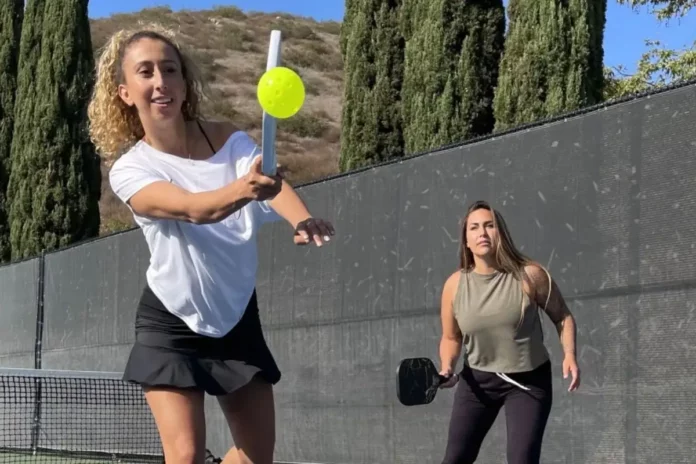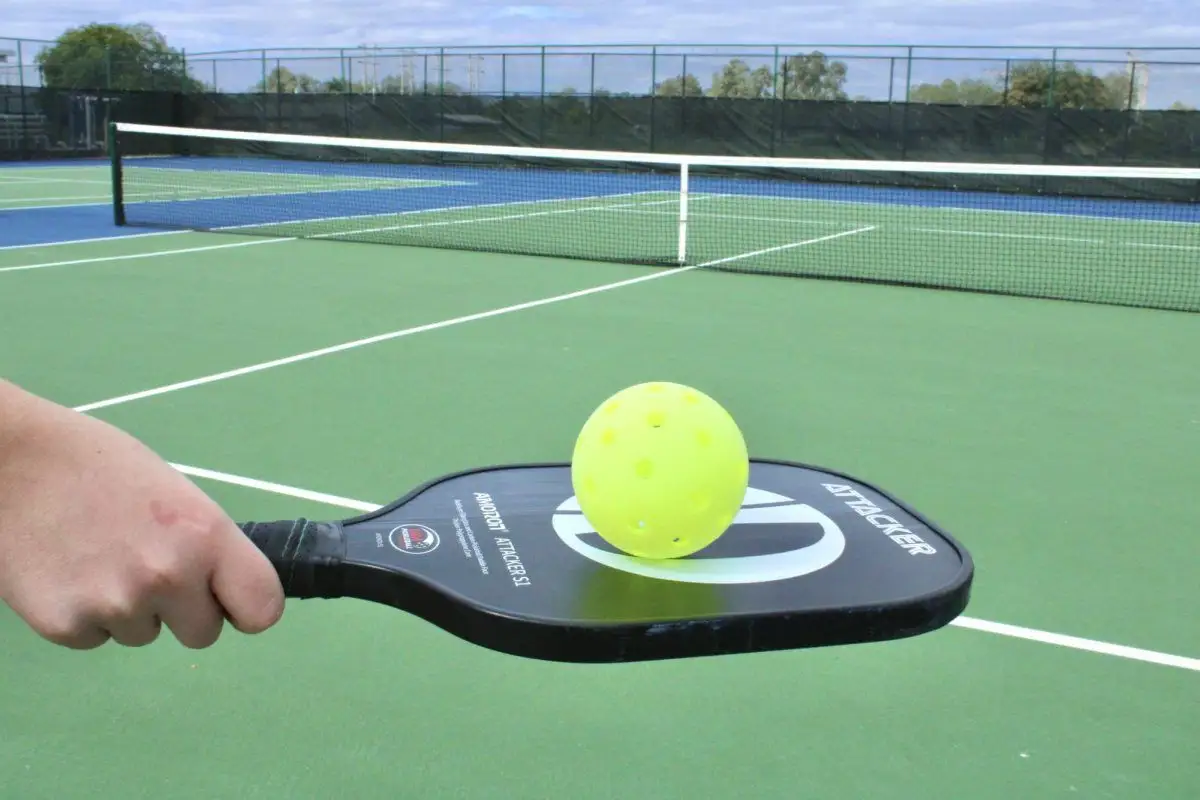Challenges in Pickleball’s Rapid Rise: The commercial growth of pickleball can be seen in unexpected places. For instance, amidst the usual Black Friday deals—oversized TVs, toys, and holiday appliances—Walmart offers a two-paddle, two-ball pickleball set, marked down from $100 to $25. This set, from Franklin Sports, a company that revolutionized Major League Baseball’s batting gloves over 40 years ago, shows just how far pickleball has come since its humble beginnings.
Franklin’s Rise in the Market
Franklin Sports, which has been in the pickleball equipment game for seven years, now offers over 300 pickleball products, not including apparel. Adam Franklin, the company’s president, recognizes the sport’s growth, which SFIA research shows grew by 223.5% from 2020 to 2023. Yet, as pickleball surges in popularity, the commercial market is becoming increasingly crowded, and the opportunities are starting to seem more elusive.
Retailers like Walmart, Target, Dick’s Sporting Goods, and Academy Sports + Outdoors have all made major commitments to pickleball, particularly during the holiday season. But with over 13.8 million people playing at least once a year, many brands are struggling to find their place in the saturated market.
“We’re still seeing sales growth. From a participation aspect, the boom is still on; from a retail aspect, it’s maturing fast. I see a consolidation of brands and product selection coming next year.” – (Adam Franklin)
Despite its widespread grassroots appeal, pickleball remains a sport struggling to gain mainstream media attention and television exposure. With a growing player base, the question is: Can it become a viable spectator sport?
The Television Dilemma
For industry leaders like Anne Worcester, former CEO of the Women’s Tennis Association (WTA) and now a strategic adviser for the United Pickleball Association (UPA), the key question revolves around converting pickleball’s enormous participation base into a television audience.
“In a lot of ways, we’re building the plane as it’s heading down the tarmac. Some numbers say there are as many as 40 million playing pickleball. So, the biggest question for us is how do we convert them to television viewers? Our top priority is making the most viable TV model and how to package what we have into a two-hour window.” – (Anne Worcester)
The Recreational Rise vs. Pro Sports
While professional tournaments like the PPA Tour show the top players, including Ben Johns, there is still doubt within the industry as to whether these stars are enough to capture television attention. Stu Upson, former CEO of USA Pickleball and current adviser to PBX Pickleball, recognizes the rapid growth of recreational pickleball, but wonders if it is realistic to expect casual players to become spectators.
“From the start, I felt the real opportunity was on the recreational side. That’s where the real growth has been. PPA has the best players certainly. But does someone like Ben Johns matter to a TV network or potential sponsor? Until pickleball has a Tiger Woods or Michael Jordan, are the people that aren’t fans yet going to want to watch? I think we’re years away.” – (Stu Upson)
Court Shortages and Real Estate
One of the clearest business opportunities in pickleball lies in the construction of more facilities. A recent SFIA study revealed a 55% increase in dedicated pickleball courts, but the report also warned that another $855 million would be needed to meet demand over the next five to seven years. This shortage is fueling innovation, such as the “sportainment” concept of Chicken N Pickle, a growing chain of pickleball courts combined with sports bars.
“Whether it’s public or private, there just aren’t enough courts. People think that public courts are our competitors, but there’s such a shortage, that’s not true.” – (Chicken N Pickle President Kelli Alldredge)
The Pickleball-Tennis Rivalry
The tension between pickleball and tennis—especially in public spaces—remains a controversial issue. However, USTA CEO Lew Sherr remains optimistic that the two sports can coexist.
“It’s not a zero-sum gain. Where pickleball and tennis are in conflict is largely in public parks, because it’s so much cheaper there to repaint a tennis court than build new pickleball courts. Figuring out how we work together is important and we’re on that.” – (Lew Sherr)
The tension is reminiscent of the snowboarding-skiing rivalry decades ago, where initial friction eventually led to a complementary coexistence. According to Andrew Judelson, former chief revenue officer at U.S. Ski & Snowboard, the same evolution could happen with pickleball and tennis.
“Snowboarders brought new technology and new participants. The snowboard industry peaked and then skiing started to grow again. The same thing will happen with pickleball and tennis.” – (Andrew Judelson)
News in Brief: Challenges in Pickleball’s Rapid Rise
The pickleball market is rising, with participation up by 223.5% from 2020 to 2023. While retail sales continue to grow, the market is becoming increasingly crowded, and industry leaders are exploring how to convert the sport’s massive grassroots base into a viable television audience.
The shortage of courts is spurring innovation in facilities, such as Chicken N Pickle, while the pickleball-tennis rivalry remains a point of tension, but both sports seem assured to coexist and grow together.
ALSO READ: How Pickleball Became America’s Fastest-Growing Sport, from Retirees to Gen Z



